Interview
Interview1. Achieving a Decarbonized Society through Fuji Electric’s Renewable Energy and Grid Connection Technologies
Source: Nikkan Kogyo Shimbun Online
From September 29, 2021 to October 12, 2021
Fuji Electric is contributing to the realization of a decarbonized society by leveraging its broad business portfolio in the field of renewable energy. Japan and other major countries have announced that they will be carbon neutral by 2050 (virtually zero greenhouse gas emissions), and are accelerating the expansion of renewable energy and initiatives to achieve further energy savings in society. In addition to its clean energy products, Fuji Electric has a competitive advantage in that it is also a manufacturer of power semiconductors for power control. We aim to become a sustainable growth company in the decarbonized era while contributing to society through our energy and environment businesses.
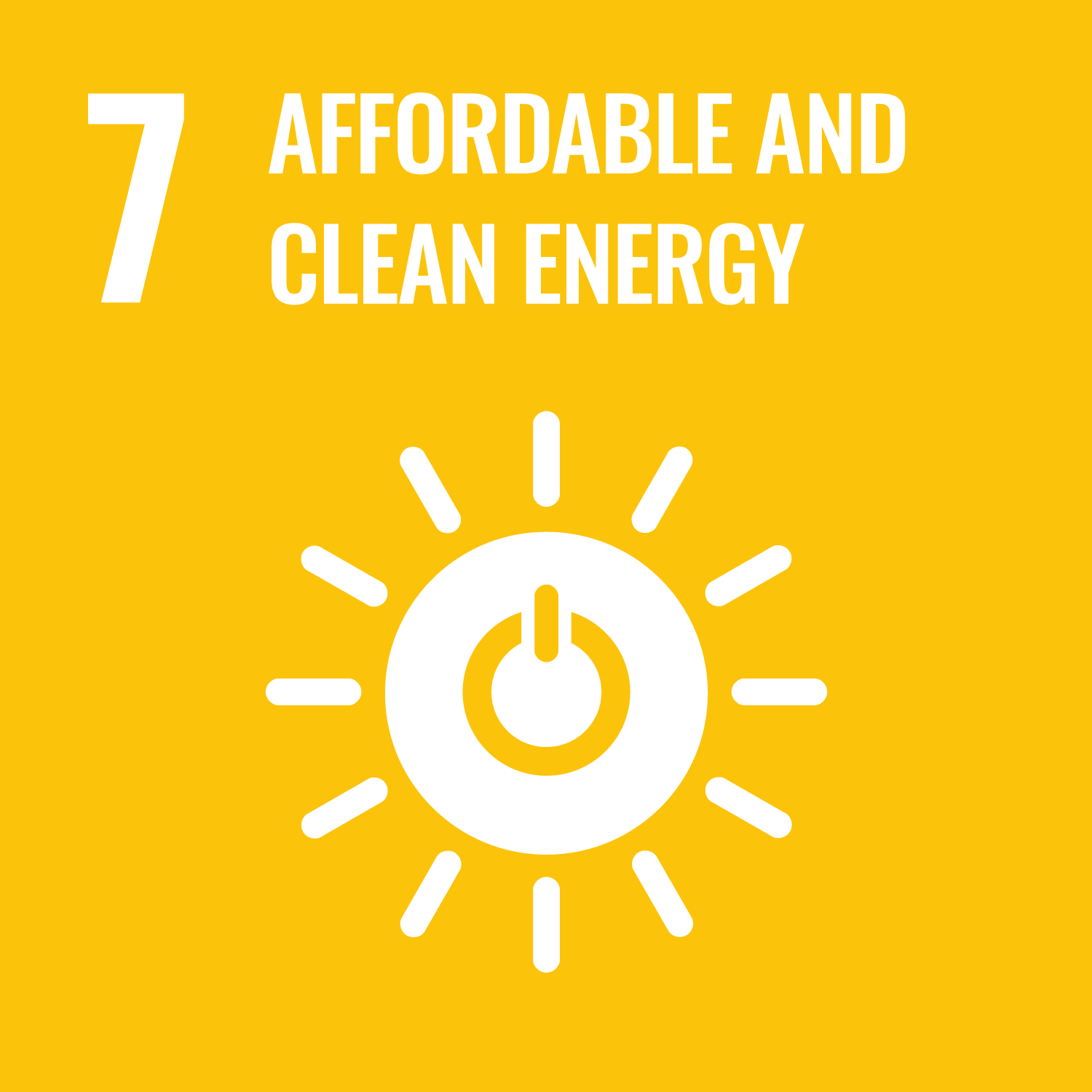

In the situation where clean energy technology with low environmental impact and stable supply of energy are required, Fuji Electric will contribute to achieve a decarbonized society with renewable energy and grid connection technology.
Technology development in anticipation of carbon neutrality in 2050
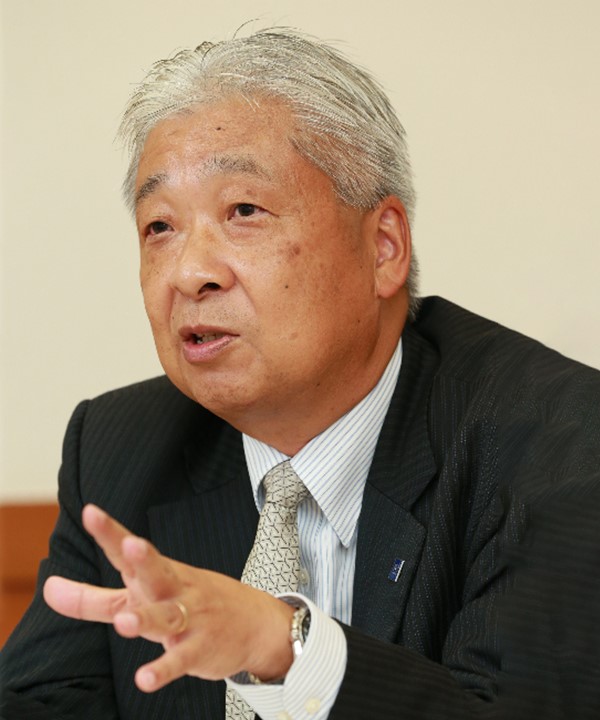
General Manager, Power Plant Engineering Division, Power Generation Business Group
Since its foundation in 1923, Fuji Electric has been enhancing its energy and environment technologies as a pioneering company guided by the corporate philosophy of “contributing to prosperity,” “encouraging creativity,” and “seeking harmony with the environment.” Our clean energy products cover all major renewable energy sources, including solar, wind, geothermal, and hydro power generation.
Hirokazu Kitanishi, General Manager of the Power Plant Engineering Division in the Power Generation Business Group, senses a change in megatrends. He has stated that “There have been major changes in the government’s energy policy outlook. The government has announced specific numerical targets to achieve carbon neutrality by 2050. These announcements should further facilitate the spread of renewable energy. In the future, there will be more focus on stabilization technologies for distributed variable power sources. In addition, companies and local governments will be shifting to local production for local consumption of electricity.”
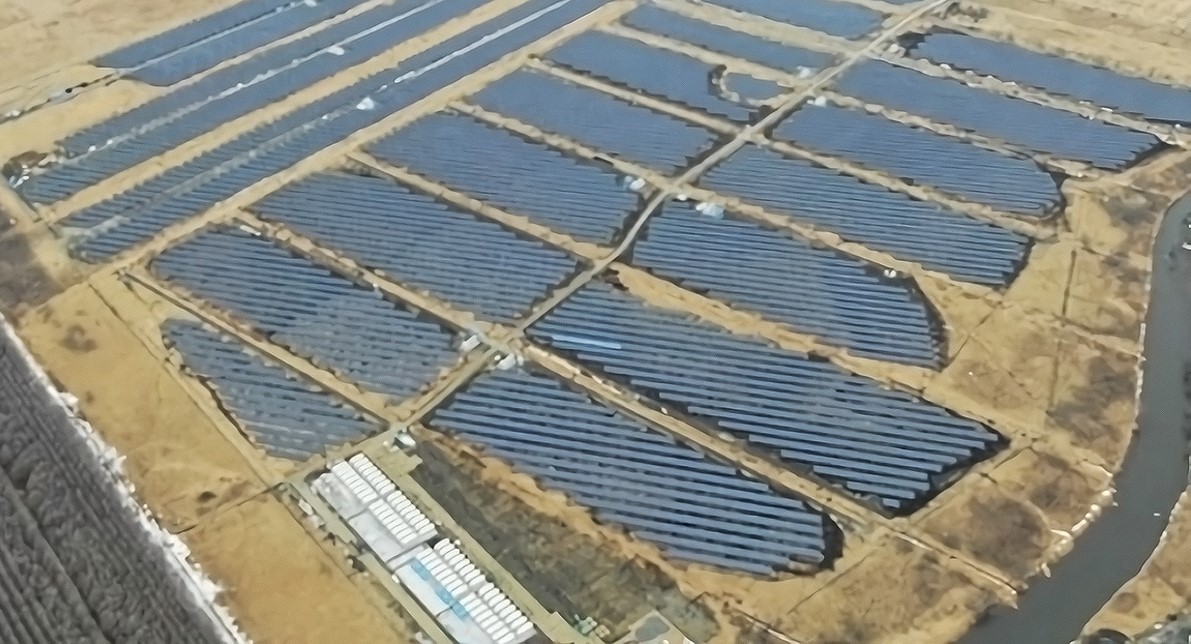
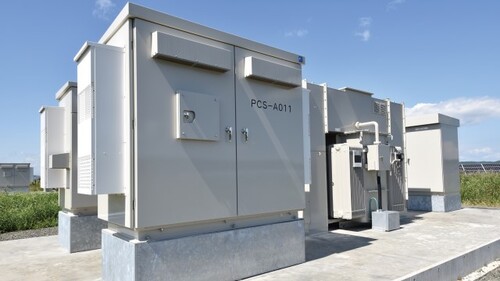
Fuji Electric has installed 22 mega solar power plants totaling 510 megawatts since the start of the feed-in tariff (FIT) scheme in 2012. The power plants are characterized by their power system stabilization technologies and make use of a technology that mitigates output fluctuations to 1% or less per minute at interconnection points in accordance with the stringent requirements of Hokkaido Electric Power Co., Inc.
Fuji Electric was also awarded an engineering, procurement, and construction (EPC) contract for the Suzuran Kushiro-cho Solar Power Plant, which began commercial operations in 2020. It is one of the largest mega solar power plants in Japan with a plant output of 92 megawatts DC and 59 megawatts AC, and storage battery output of 24 megawatts per hour. The plant uses our output fluctuation control technology and storage batteries to stabilize the output.
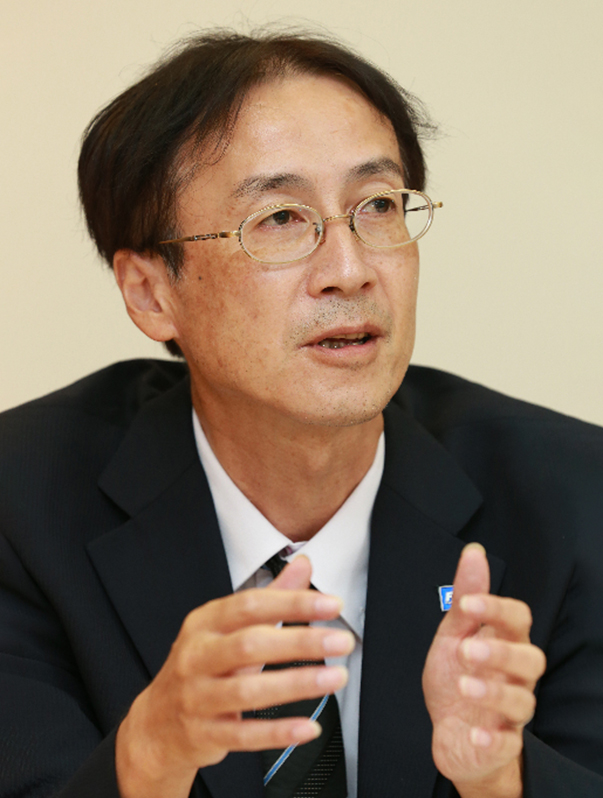
Senior Manager, Renewable Energy Sales Engineering Dept. Power Plant Engineering Division, Power Generation Business Group
In an effort to promote local production for local consumption of electricity, we have started working on a local micro-grid project using solar power for public facilities. The system connects multiple small-scale solar power facilities and storage batteries on private power lines to supply renewable electricity to utility customers. This is an area of focus for us, as we expect the need for micro-grids to increase in the future.
In regard to our future strategy for our overseas solar business, Mr. Kitanishi said, “Solar power is the easiest type of power generation equipment to build, and there is a growing need for it in Southeast Asia and other regions where there is insufficient electricity. However, cost competition is also becoming fierce, and we will need to differentiate ourselves by using stabilization technologies that utilize storage batteries and PCS (power conditioner systems).”
We expect that the grid stabilization technologies we developed in Hokkaido will be applied to the wind power plants currently being planned for construction in Japan. Moreover, Ryoichi Okamoto, Senior Manager of the Renewable Energy Sales Engineering Department, is rapidly developing technologies to take advantage of new business opportunities, saying, “The expansion of wind power generation will require grid stabilization control. In addition to this technology, we are working on increasing the capacity of PCS systems for storage batteries, since large-capacity storage batteries will also be required. Furthermore, we are also developing power analysis technologies for offshore wind power, since it is difficult to maintain the quality of power over long distances.”
We are also currently working on a project to achieve local production for local consumption of energy. The project entails utilizing wind power generation facilities that were used under FIT, installing new storage batteries, and supplying the generated electricity to public facilities. In general, wind power generation facilities used in FIT projects are installed in locations with good wind conditions. Therefore, we see this as a promising market to focus on.
World’s top share in geothermal power generation equipment & Leading the industry with a diverse delivery record
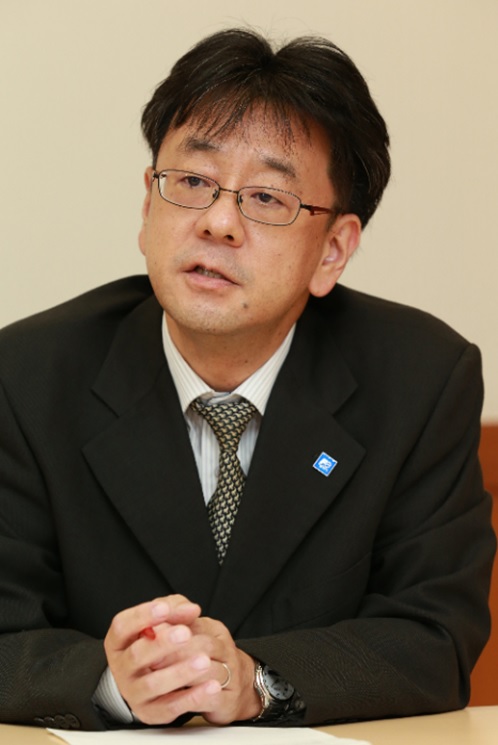
Senior Manager,Renewable Energy Power Plant Engineering Dept. Power Plant Engineering Division, Power Generation Business Group
Japan is a country full of volcanoes and boasts the third largest amount of geothermal resources in the world. There are also many projects being undertaken for construction of geothermal power plants overseas in Indonesia, the Philippines, the United States, Iceland, Kenya, and New Zealand. Hiromitsu Ota, Senior Manager of the Renewable Energy Power Plant Engineering Department proudly stated that “We have delivered a total of 84 geothermal power generation facilities with a total capacity of 3,500 megawatts. We have had the world’s top market share since the 2000 fiscal year.”
In February 2021, we received an order for geothermal power generation equipment for the Tauhara Geothermal Power Station in New Zealand. The plant is scheduled for completion in 2023, with an output of 152 megawatts. Tauhara will have the world’s largest single unit capacity, surpassing the 140 megawatt capacity of the Nga Awa Purua Geothermal Power Station in New Zealand, which we delivered in 2010.
Fuji Electric has a long history in the hydro power generation business. Since delivering our first unit in 1936, we have used this business to contribute to supplying clean energy in Japan. Mr. Ota aims to expand the business, saying, “In Japan, there are many hydro power plants that will reach the end of their service life, and there is increasing scrap-and-build demand to replace them with high-efficiency equipment. In addition, pumped-storage power plants will become more important as a regulating power when introducing renewable energy, and we would like to expand our technologies and products into the field of pumped-storage power plants in the future.”
Fuji Electric is entrusting the growth of the decarbonized era to power semiconductors for power control.
While the current focus seems to be on the electrification of automobiles, the demand for industrial applications, such as renewable energy, is also expanding quickly. Fuji Electric has always had a strong lineup of medium-capacity products for factories. Recently, it has been focusing more on developing large-capacity products for wind and solar power generation and railways, as well as small-capacity products for air conditioners and other consumer-oriented applications. Our current product portfolio consists of about 20-25% large-capacity products, 15% small-capacity products, and the remaining 60-65% medium-capacity products. In light of the future worldwide expansion of renewable energy, our immediate business goal is to further increase our ratio of large-capacity products.
Fuji Electric will continue to strongly support the decarbonization of society. In this regard, Mr. Kitanishi enthusiastically said, “We should be able to contribute significantly to mitigating global warming and advancing renewable energy as a main power source.” This is a great opportunity to demonstrate our expertise in energy and environment technologies.
-
*
-
We wore masks except when filming, and took measures to protect ourselves from COVID-19.
